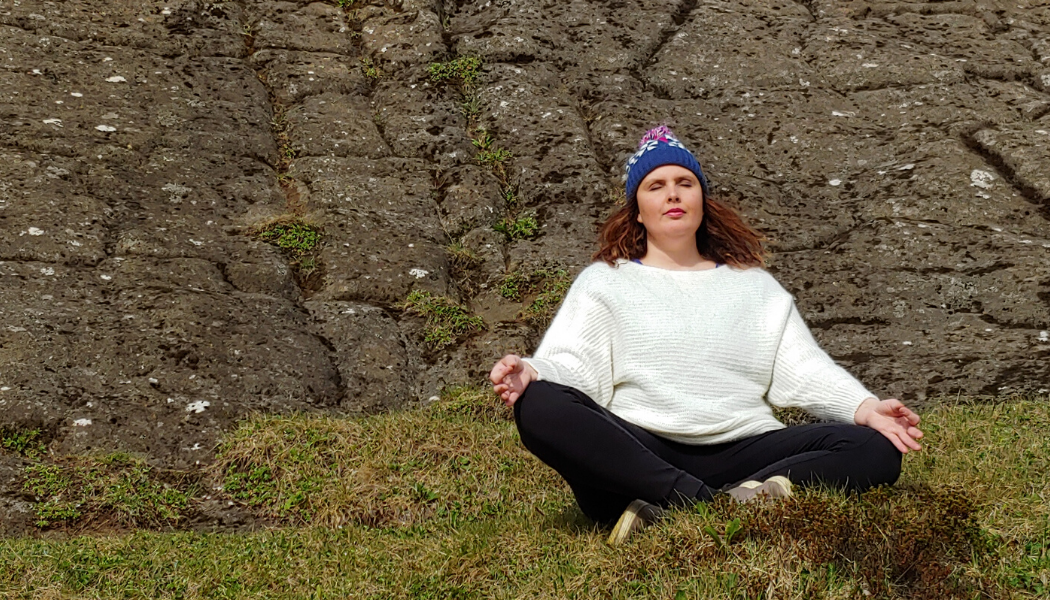Already feeling the stress of the Holidays upon you? It seems we keep piling more to our already full plate every year. We feel like we have to meet all our friends and family and do so much during this season that we overwhelm ourselves and stress ourselves out in the process bringing us further away from the joyous and magical Holiday spirit we seek and so desperately want.
It’s possible for us to take a fresh look at this and evaluate what’s important to us and what is too stressful to continue with it. In the video below I go over how we can to that.
Video not working – Watch it on Vimeo? Click here!
Rather read a transcript of the video? Transcript of the video is at the bottom of this page.
Here is a short summary of the video content
- Evaluate what’s important
Take a good look at the all the things that we do over the Holidays and evaluate what is the most important based on your energy, values, time and enjoyment and make adjustments. - Discuss with the people around you.
The people you celebrate with might have other ideas on how to make this Holiday Season more joyous and fun. Sometimes we are keeping traditions that are not that old and are outdated. Sometimes we might want to create our own. You might have to compromise as this can be a sensitive subject to some. Maybe tiny changes this year might open up the door to more changes next year.
- Make a list and delegate
Once you and the people you celebrate with have decided what is important. Make a list and go from there. Maybe you can delegate things on the list, but maybe you can’t. I get it 🙂 This is a progress and something we need to practice. It is much easier to have the list outside our head than circling around 🙂
I hope you can find out what are the most important things and with these tips now enjoy the holiday season even more. Also try my tips on how to stay calm during the Holidays. We all need quick and easy tips on that 😉
Love,
Ragna
P.s. Want more support? Try this Enhance your Calm – Holiday Offer – where I’ve carefully selected three elements that will make your Holidays joyous and almost stress-free. With beautiful easy-access meditations, wonderful Yoga Nidra deep relaxations and masterclasses just to help you thrive during this season. Click here to go over to my Membervault page where Enhance your Calm is hosted. If you are viewing this in the facebook app you might need to leave the app to open this page aka open in a new browser window.
Transcript of the video
How to thrive during the holiday season. We have a lot on our plate during the holiday season, and it seems to get bigger or the plate doesn’t get bigger, but we put more on it every year.
So it’s important that we plan ahead, evaluate, ’cause we seem to want to meet all our friends and family and, do a lot of things during the holiday season. And that’s okay if we choose to do it.
We just have to ground ourselves and keep, keep calm while doing it so we don’t lose the joy. Um and the fun of, of it all.
So I recommend, that we inspect our traditions because sometimes they’re not that old, but we still have it. And see if everybody that is celebrating with you are still enjoying those tradition, if it’s something that they would like to change, you might want to compromise. You might want to, just evaluate what, what brings me joy, what is according to our values, what, what, how much energy do you have? Do I have to do those tasks? Um, what time do I have?
So it’s important to just do that.
And when once you’ve done that, just make a list and see if you can delegate and somebody else can maybe do things. Um, or maybe that’s, you cannot let go of the control, and that’s okay too. I totally get it.
And it’s, it’s important to, to see this, because we often think that traditions are very, very old and they have been for hundreds and hundreds of years.
And I like to take the example of the, the food that is very traditional for, for, uh, Christmas Eve dinner here in Iceland. And that is like a smoked ham.
And it turns out, I thought it had been forever. Turns out it’s just, uh, I think around 60 years old tradition maybe. And before it was lamb, everybody had lamb. And maybe if you didn’t have lamb, um, you would cut this bird and, and make dinner out of that.
But sometimes we think that it’s so old, you have have it all every year and, and you feel like it cannot be changed. Maybe you are up for discussion, maybe the people around
you’re up for discussion. I want to change some things that might be stressful to you or, something that, um, is not in your, not in accordance to your values or, something like this.
So it’s good to evaluate this and just use the time, the energy, the enjoyment and the values, as a guide. Like is it bringing, of course, we have to compromise when we are with other people, but still try to see what’s, what’s working for you and what’s not working for you.
And then make the list and, and go accordingly.
’cause Christmas comes, or your holiday comes every year at the same time.
Not the health inspection that you’re not, you don’t have to clean the back of the cupboards anymore unless you want to.
And if you want to use your time that way, that’s okay too.
So enjoy, enjoy the holiday season.


